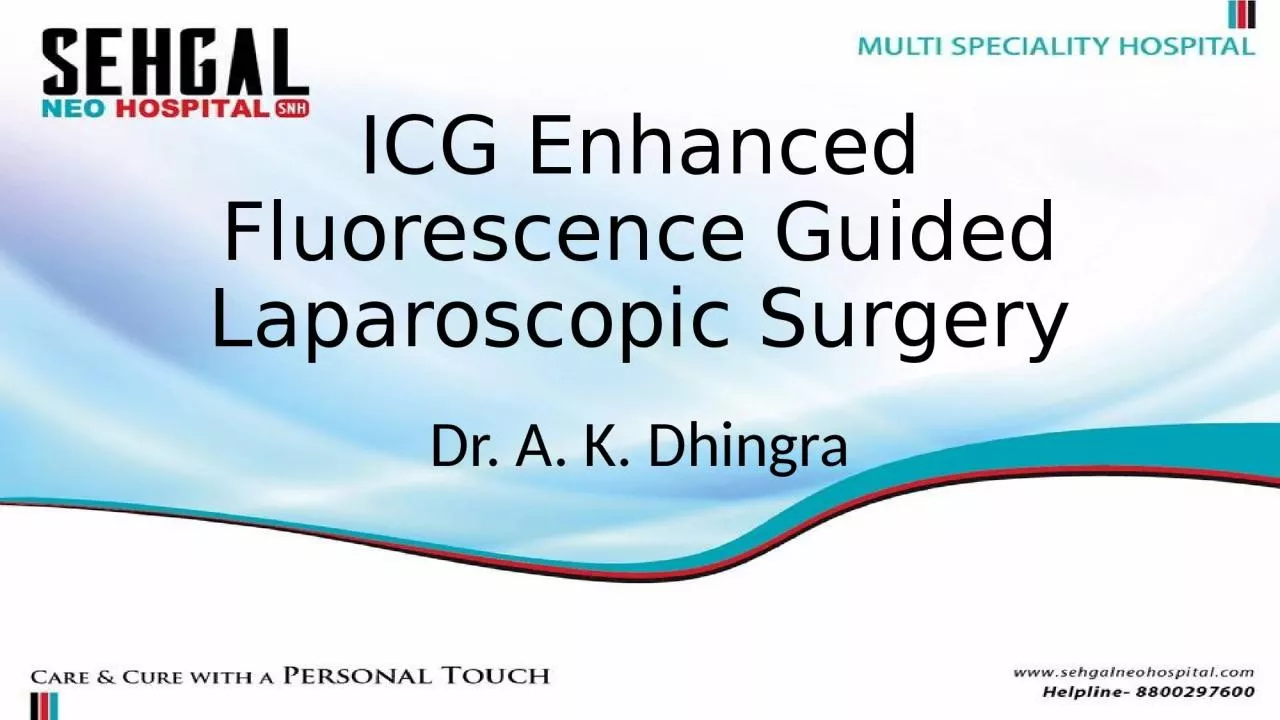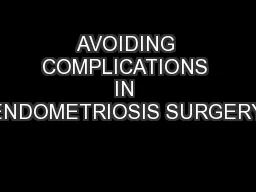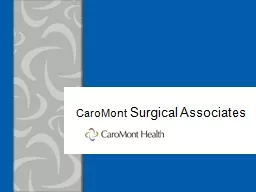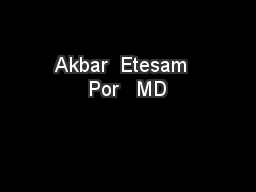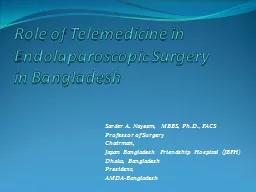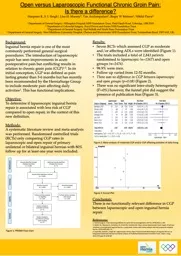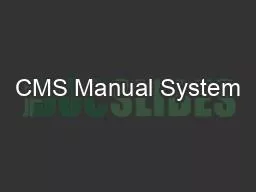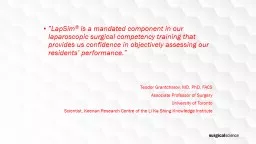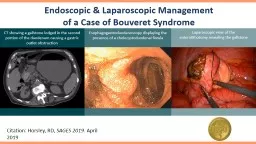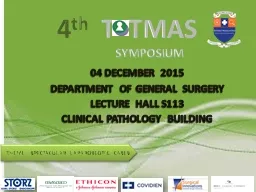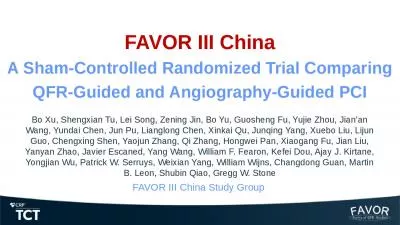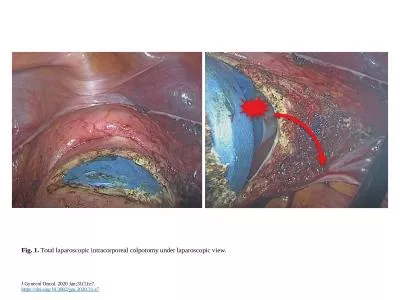PPT-ICG Enhanced Fluorescence Guided Laparoscopic Surgery
Author : thomas | Published Date : 2024-03-13
Dr A K Dhingra Indocyanine G reen Dye ICG w as developed for near infrared NIR photography by Kodak Research Labs in 1955 and was introduced in clinical practice
Presentation Embed Code
Download Presentation
Download Presentation The PPT/PDF document "ICG Enhanced Fluorescence Guided Laparos..." is the property of its rightful owner. Permission is granted to download and print the materials on this website for personal, non-commercial use only, and to display it on your personal computer provided you do not modify the materials and that you retain all copyright notices contained in the materials. By downloading content from our website, you accept the terms of this agreement.
ICG Enhanced Fluorescence Guided Laparoscopic Surgery: Transcript
Download Rules Of Document
"ICG Enhanced Fluorescence Guided Laparoscopic Surgery"The content belongs to its owner. You may download and print it for personal use, without modification, and keep all copyright notices. By downloading, you agree to these terms.
Related Documents

